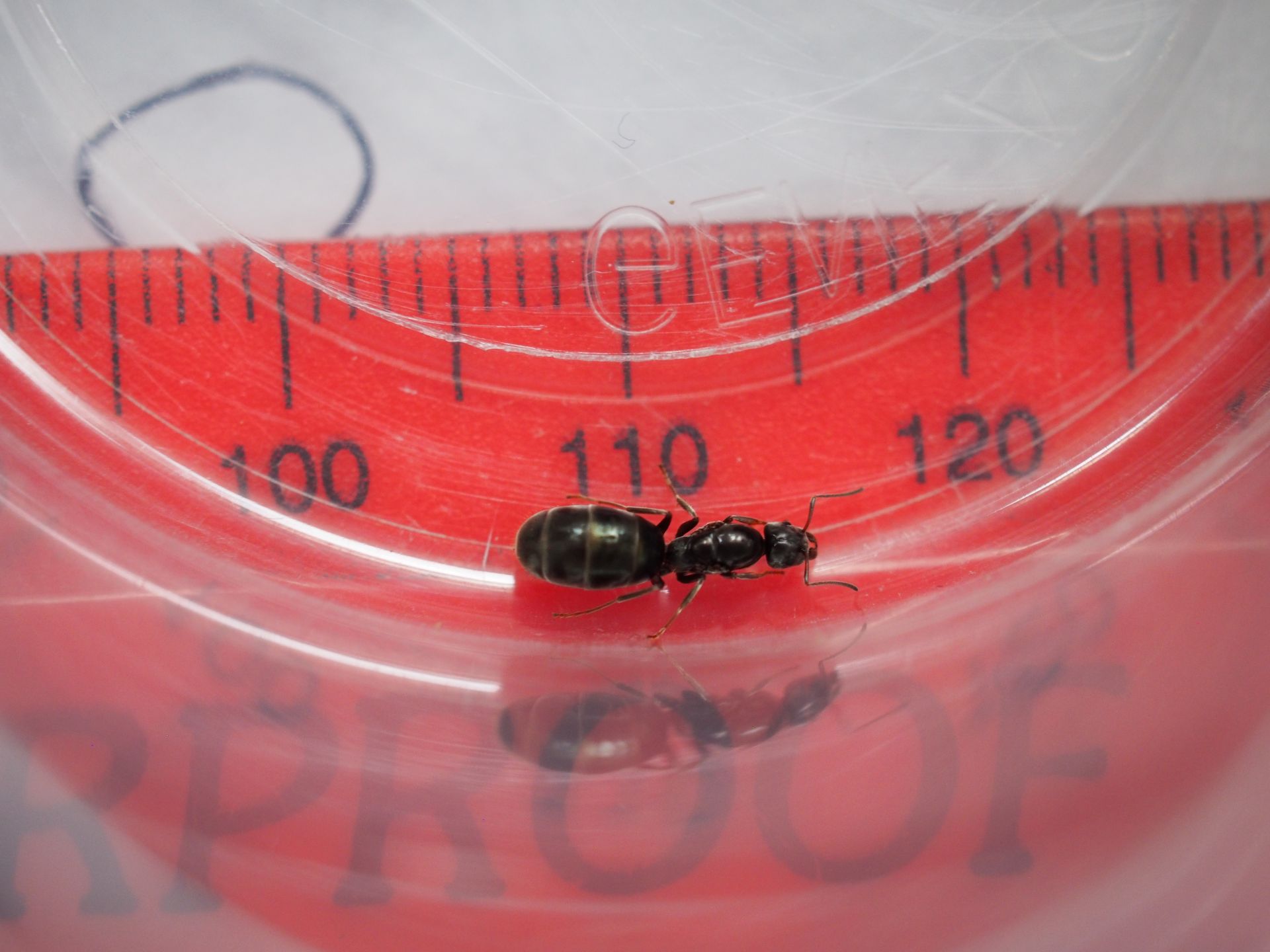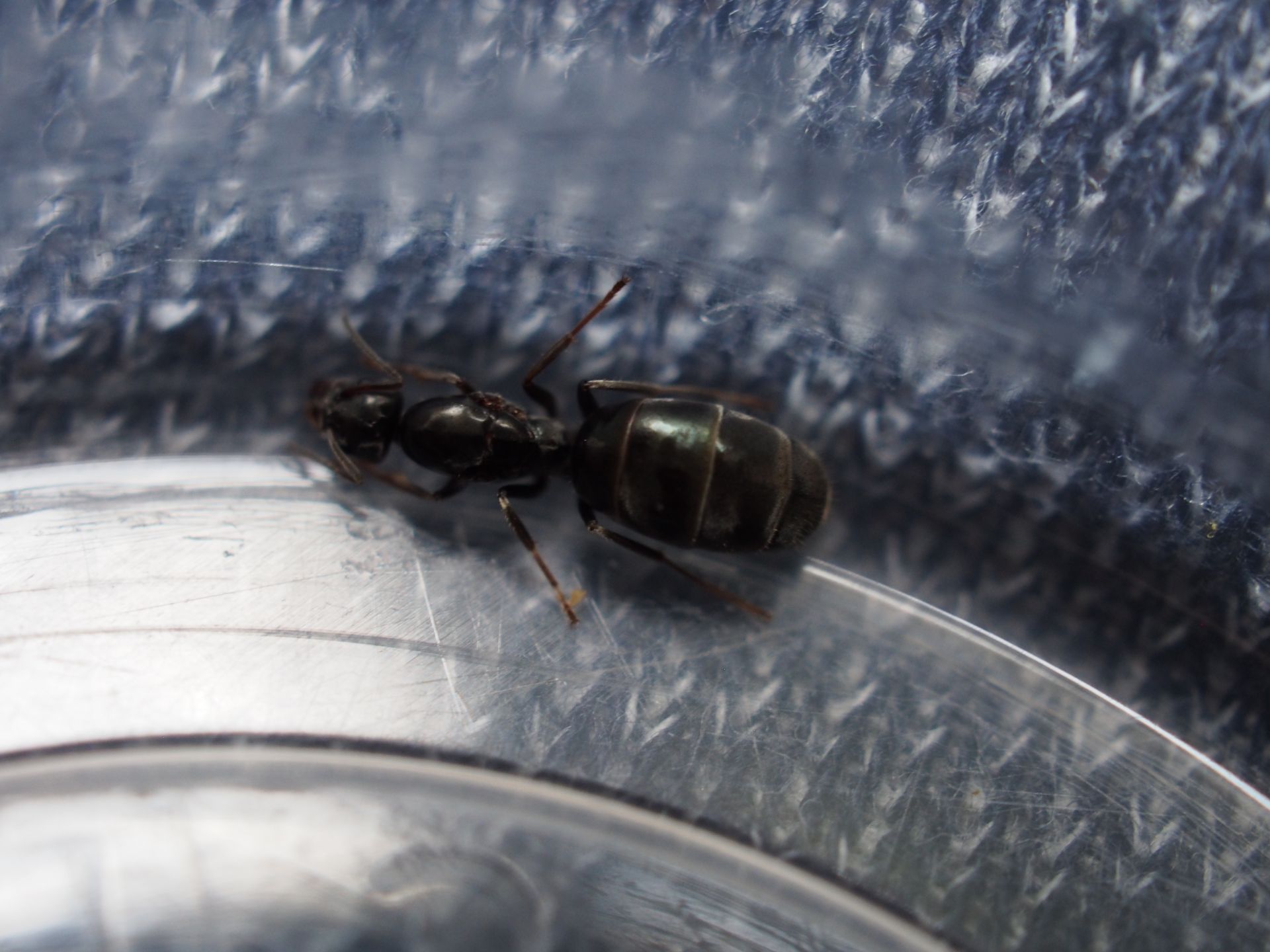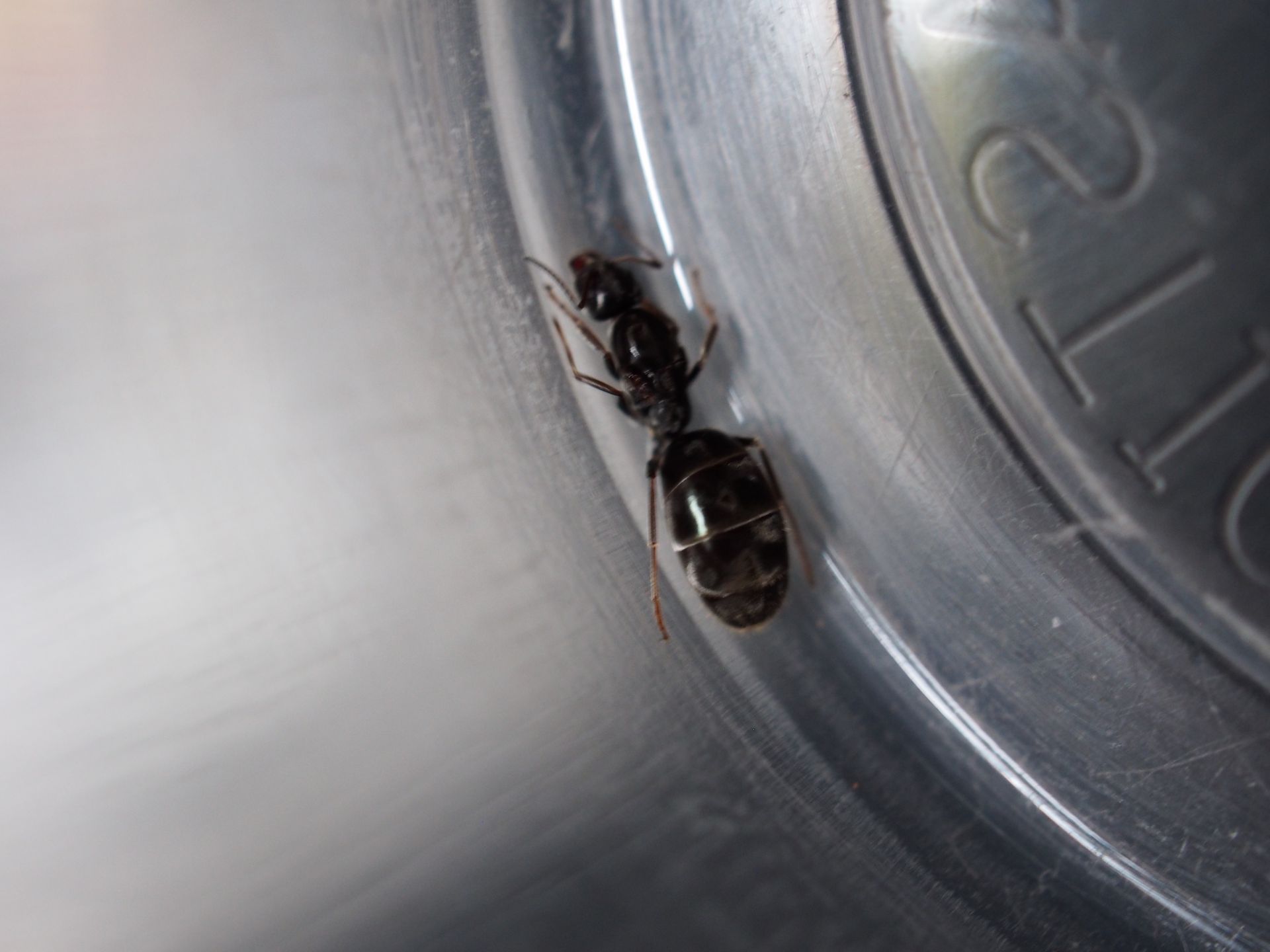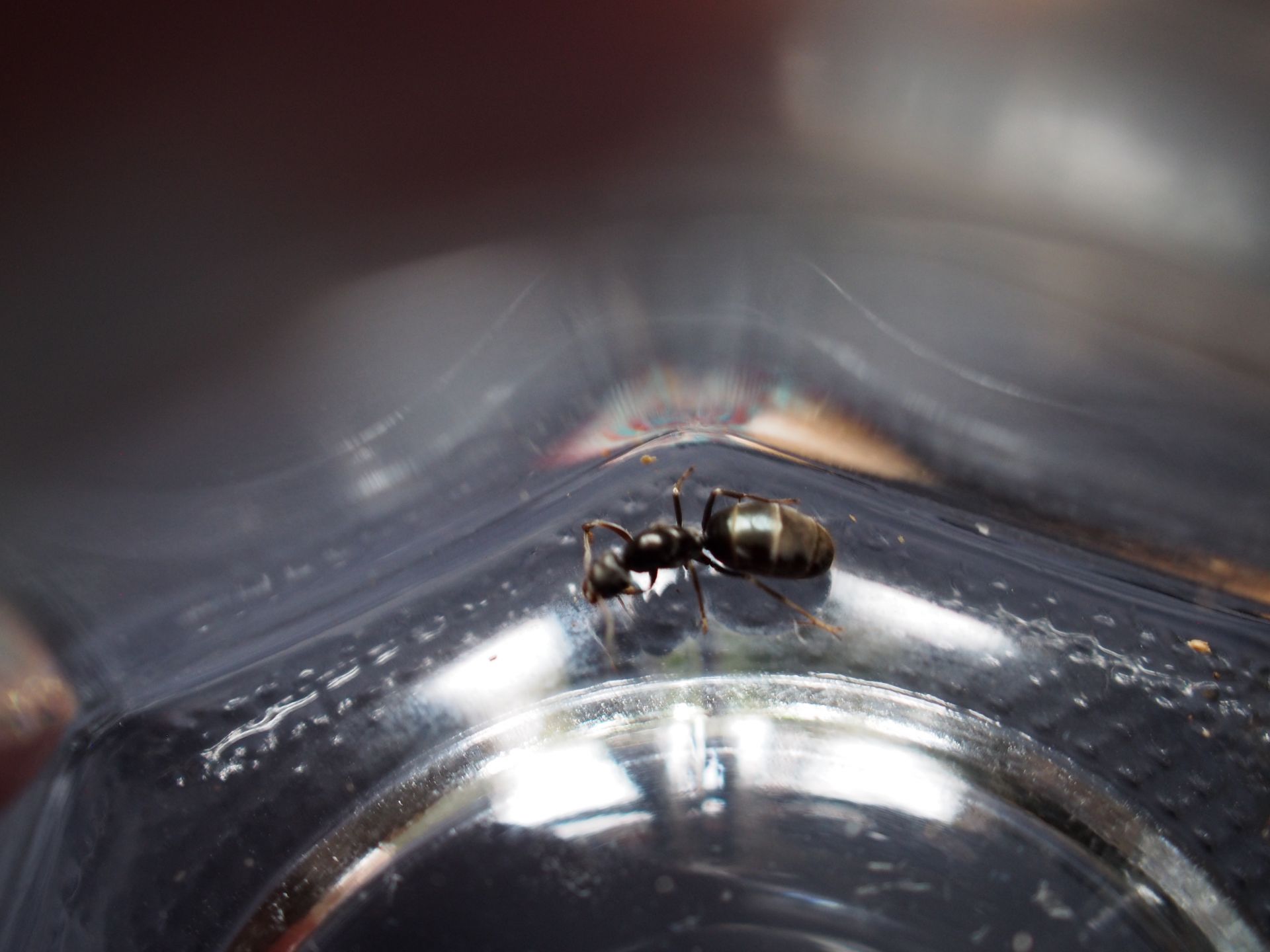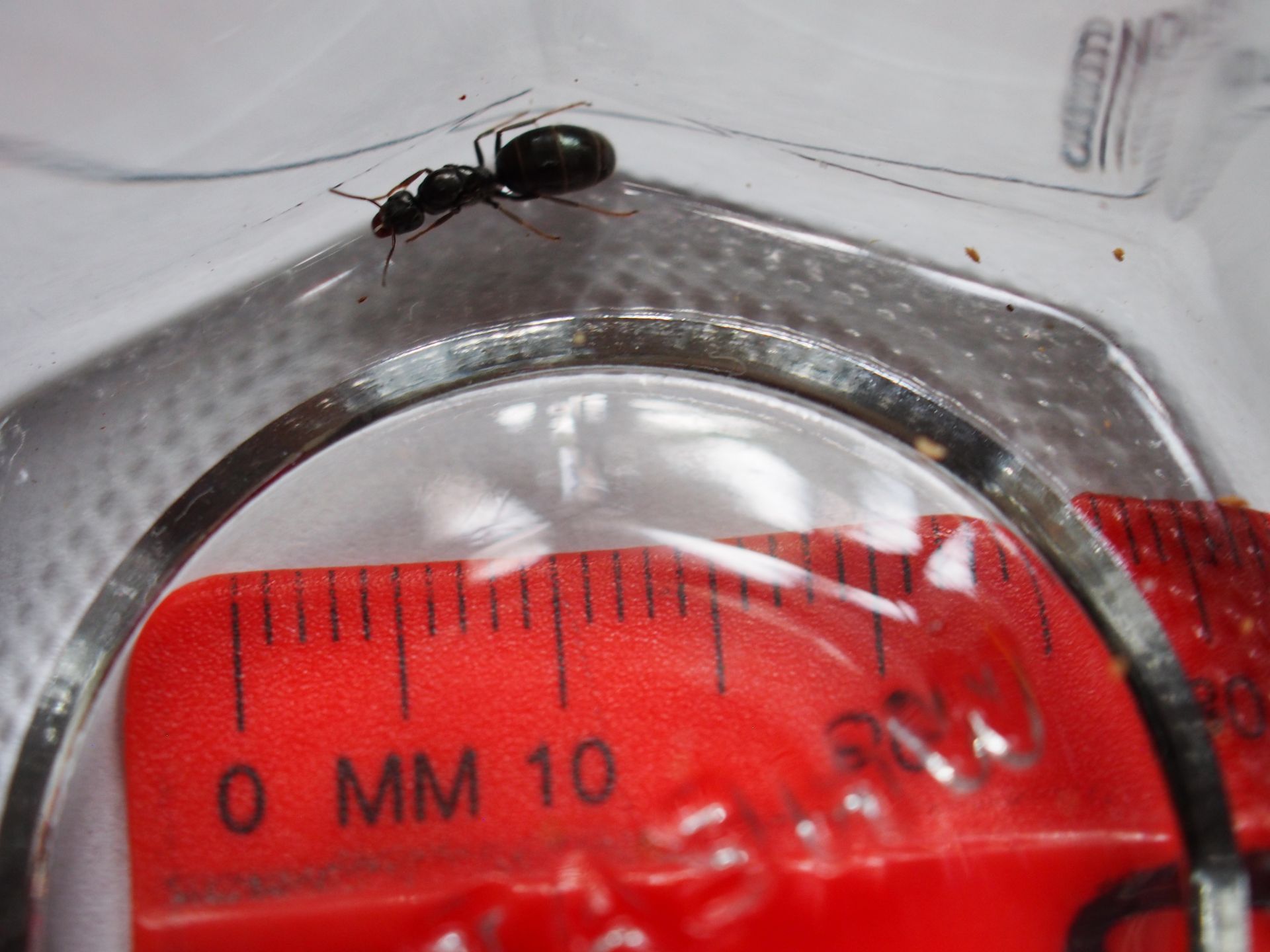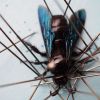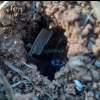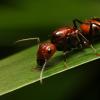There are obvious exceptions to anything.
I said genus because, as a rule, this is the case. It wasn't meant to be totally comprehensive.
Even so, C. castaenus and C. umbraculatus aren't effective counterexamples here. They both are sole members of a species group or clade within their genera in a given area.
As for Camponotus flvopilosus, an entire closely-related species complex exists around it. Though C. fulvopilosus's range extends farthest north, it definitely is not accurate to say it is "distinct" from other species throughout Southern Africa. I wouldn't be surprised if some of its more Northern territory has several (undescribed) "local" yet closely related species.
Edited by Martialis, March 6 2020 - 12:53 PM.
